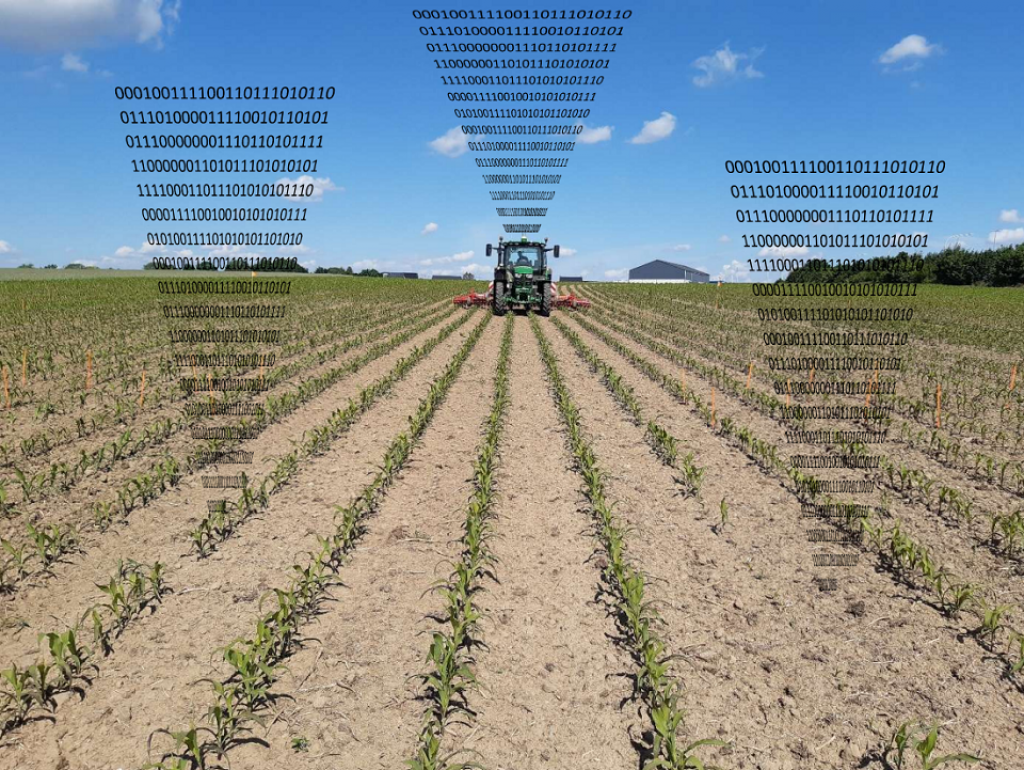Context
The scientific community agrees that organic fertilisation is preferable to mineral fertilisation when it comes to soil. On one hand, it contributes to the circular economy, by promoting the recycling of organic matter and the return of nutrients into agricultural soil. On the other hand, it improves the resilience of soils against climate hazards and environmental stresses by further improving their physical and biological properties. Furthermore, following the recent energy crisis, the cost of mineral fertilisers has risen at an unprecedented rate, since the synthesis of these mineral fertilisers is very energy-intensive. As a result, interest in organic fertilisers continues to grow.
Manure from livestock is the main organic fertiliser in terms of availability. However, intensive breeding has made its distribution uneven between agricultural regions throughout the territory.
Many human activities produce organic waste other than manure that can be applied to soil. This includes wastes from urban (bio-waste, sewage sludge, green waste, etc.), industrial (washing sludge, distillery musts, sugar factory scum, etc.) and agricultural (crop residues) sectors. Some of it contain contaminants that could potentially be harmful to the quality of soils. As a result, it is essential to carefully characterise the availability and composition of these materials in order to assess their ability to replace mineral fertilisers and livestock manure.
Manure from livestock is traditionally returned to the soil, but this is not the case for other kinds of organic waste, since the effect of their use on soil is not as well known. Several transformation processes, such as composting, anaerobic digestion (Figure 1) or pyrolysis make it possible to improve the recovery of this organic waste. However, it is still necessary to refine these processes, as well as the techniques for spreading the final materials, for the benefit of the soil. In other words, there is a need to optimise the agronomic benefits in terms of fertility and carbon storage in the soil, while limiting the risks of contamination and greenhouse gas emissions.
The EOM4SOIL project has been specifically developed to tackle these issues at the European level.

Objectives
EOM4Soil aims to propose best practices for managing the pre-treatment and application of external organic matter (EOM) to soil, in order to mitigate climate change and improve soil health.
The term EOM refers to:
· organic matter from external activities (for example, household waste) that was not produced in the field where it is being applied;
· organic matter that may have been produced in the same field (for example, crop residues or cover crops), but which has undergone a process of transformation prior to being applied to the soil (for example, anaerobic digestion).
In order to satisfy the objectives of the project, the work has been further divided into different working groups, known as ‘work packages’ (WP).

WP1 aims to characterise the availability and composition of EOM in each of the partner countries. The CRA-W is contributing to this work by providing the quantity produced, and the composition of the EOM used in Wallonia and Flanders.
WP2 aims to define and improve EOM transformation processes, in order to make them more efficient in terms of energy consumption and improve the stability of nutrients when returned to the soil. The transformations in question are composting, organic anaerobic digestion and pyrolysis.
WP3 is evaluating the various effects of adding EOM on soil health overall. To do this, representative agricultural systems (arable crops and vineyards) from across Europe have been selected, considering the diversity of pedoclimatic conditions. Usage scenarios evaluated with a multi-criteria simulation model, and parametrised from long-term experiments (LTE) data, will make it possible to define best practices according to the pedoclimatic context and the crop being produced.
The involvement of the CRA-W in WP3 consists in providing relevant and contrasting experimental data from LTE to the scientists responsible for refining the simulation models. To achieve this, an inventory of European LTE studying the effect of adding EOM on soil health has been developed, bringing together a range of metadata related to these LTE. This database contains more than 200 LTE (Figure 3). It will represent a valuable source of information to highlight gaps in research on organic fertilisation, and to link managers of LTE that are similar in terms of soil type, pedoclimatic context and the EOM being studied.

WP4 and WP5 aim to assess greenhouse gas emissions, including the carbon balance, and the contamination of soils following the repeated addition of EOM respectively.
Finally, WP6 will propose best practices for managing EOM via the PROLEG tool for multi-criteria evaluation of different crop systems, which will integrate the results from other WPs. A summary of the different European and national legislations on EOM will also be produced by WP6, in order to highlight the needs in terms of policies for managing agricultural systems.
Synergies with the AGW-Fertilisants project
CRA-W’s researchers involved in the EOM4SOIL project are also contributing to a pre-legislative study that aims to provide the scientific foundation required for drafting a Walloon government decree (AGW) regulating the use of organic fertilisers on soils.
The development of a relevant legal text adapted to the Walloon region is accompanied by an in-depth knowledge of the policies about the sale and use of EOM in Europe, Belgium and the Walloon region, as well as the characteristics of EOM. The EOM4SOIL project, therefore, will be a valuable resource for the creation of the future Decree (AGW-Fertilisants).
Conversely, the in-depth analysis of the European legislation and the provision of local references for Belgium and Wallonia (EOM characteristics and regulations) will feed the EOM4SOIL project with appropriate knowledge.








